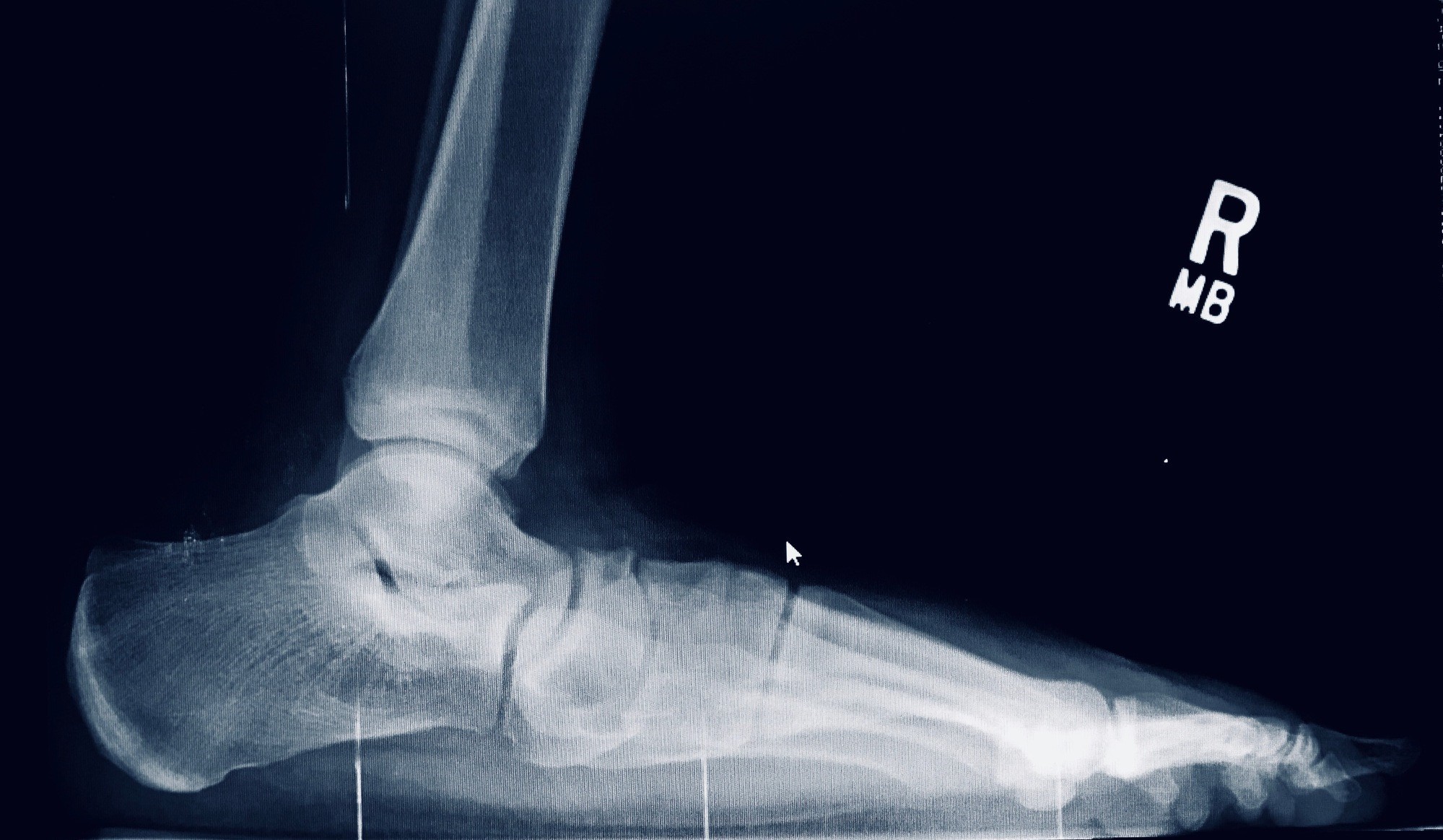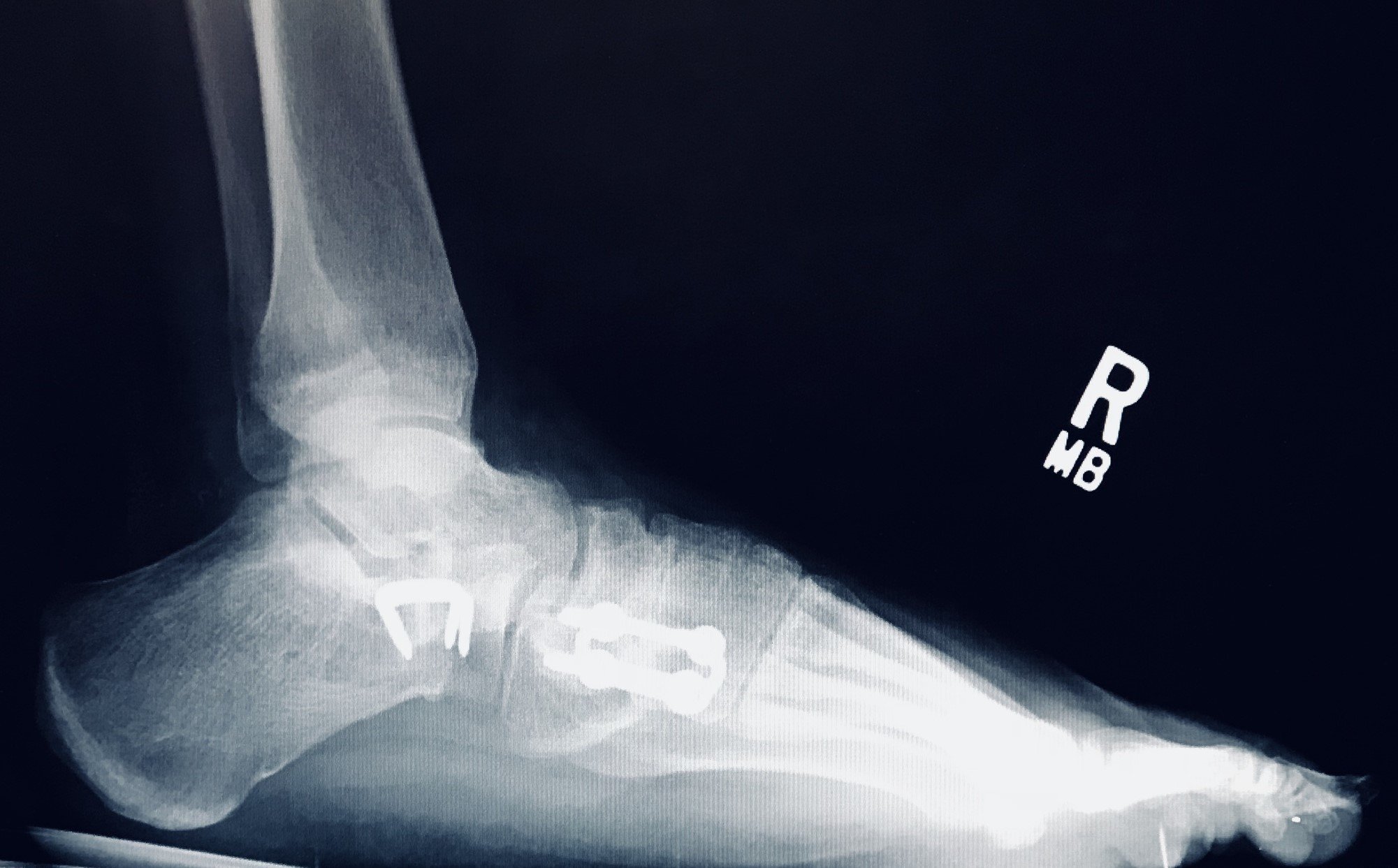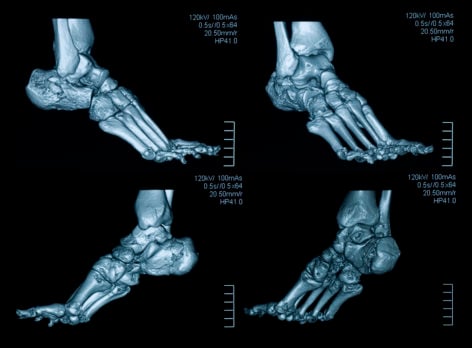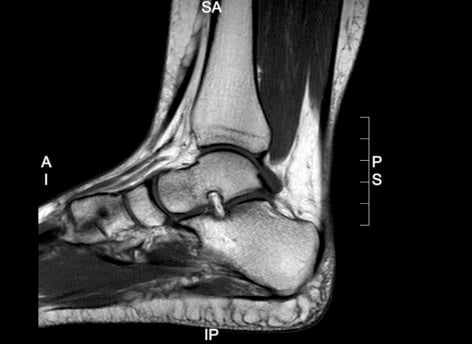When Conservative Treatment Isn't Enough
Committing to reconstructive foot surgery or reconstructive ankle surgery is a big decision. Most people try to avoid it as long as possible
You've probably landed on this page because conservative treatment hasn't worked for you. You have tried everything; anti-inflammatory medication, physical therapy, orthotics, shoe modifications, weight control and cortisone injection.
Anything to avoid surgery.
After several weeks of the latest treatment, your pain is still intense. Changing work, sport or leisure activities either isn't an option, or these lifestyle changes aren't acceptable.
Maybe you have a strong feeling you may need flat foot surgery, or reconstructive ankle surgery, but its never a good time to take off from work. Your insurance plan has a big deductible, or you have to pay out of pocket.
When conservative care hasn't produced significant improvement, you feel intolerable pain or your condition is too advanced to respond to non-invasive treatment, reconstructive surgery can get you past your disability and back to a normal lifestyle.

Flat Foot Pre-Op

Reconstructed Flat Foot
See indications for foot and ankle reconstruction at the bottom of this page.
Do I really need foot surgery?
If you answer yes to the following questions, you might.
1. Would you rate your severity of pain a 5 or above on a 10 point scale?
2. Have you been experiencing pain longer than two weeks?
3. Have you been on your current treatment plan longer than four weeks?
4 Has your foot problem forced you to make lifestyle changes you prefer not to make?
5. Are you ready to explore a surgical option?
Any type of long-term foot or ankle pain demands attention eventually. Once your tendon pops, or a bone fractures, there is no more time for planning. A quick surgical decision will be forced on you if you want to keep moving.
You need to know the extent of the damage and what will be involved to repair it if you want to control the timing of treatment and your outcome.
How can I be sure I'm making the right decision?
Evaluation By A Board Certified Foot And Ankle Surgeon
Reconstructive foot and ankle surgery is a highly specialized field of medicine that focuses on the surgical reconstruction of the musculoskeletal system, or the bones, joints, ligaments, tendons, muscles and related structures of arteries and nerves. These procedures can relieve pain by rebuilding the foot and foot arch restoring normal gait and ambulation.
Most long-term foot and ankle problems require reconstructive surgery. Some procedures are complex and may involved tendon transfer, bone fusion, joint implantation, bone grafting and soft tissue repair. Various types of internal fixation devices such as screws, plates, wires, staples or pins need to be implanted to stabilize the structure of the foot.
Choosing a surgeon board certified in foot and ankle reconstructive surgery to conduct a thorough evaluation will give you the best opportunity to determine a straightforward surgical plan and optimal recovery
.png)
What You Can Expect From Texas Foot Surgeons
Texas Foot Surgeons have received years of intense training, are board certified, and have extensive experience performing surgical procedures that reconstruct the complex bone, ligament, and muscle structures of the foot and ankle. Procedures we perform correct severe deformity caused by trauma, overuse, birth defects and disease.
Medical Evaluation of the Foot And Ankle
In order to quantify the extent of damage we start with plain digital x-ray, both weight bearing and non-weight bearing, in our clinic. Results of your digital x-rays will show us any gross deformity. Arthritic joint damage for example, or collapse of the longitudinal arch. Our surgeon will then take angular measurements on weight bearing x-ray and determine how far your foot structures have deteriorated mechanically.

If your surgeon suspects articular cartilage damage or tendon pathology along with the obvious angular deformity on weight bearing x-ray then they will order a CT Scan or Magnetic Resonance Imaging (MRI) or both. These additional studies give your surgeon more detailed information about tendon pathology, cartilage pathology, or deeper boney abnormalities such as subchondral cyst, where the bone is actually collapsing beneath the cartilage underneath the joint.
Make An Appointment
How Will I Know Surgery Could Help?
Review Of Test Results And Treatment Plan

Once diagnostic tests have been performed, the results are reviewed with you to determine the appropriate surgical intervention course. Some foot and ankle procedures require bone grafting and live cartilage graft whereas other pathologies may require internal fixation such as plates and screws.
MRI findings will tell us if your ligament or tendon damage can be repaired with debridement and suture or, if severe enough, an allograft and tendon transfer. Tendon grafts from human dermis help reinforce the repair site as well as ligament repair or ankle ligament reconstruction. Sometimes fresh, frozen tendons can be used to bridge gaps of damaged tendon where the tendon cannot be primarily repaired.
When indicated during surgery, allografts may be surgically implanted to stimulate regrowth of damaged bone, ligament or tendon.
Can I Have This Surgery As an Outpatient?
The setting of your surgical procedure will depend on the severity of your deformity or pathology and your current health status. Most of the time reconstructive foot and ankle surgery is done in the hospital outpatient surgical setting under general anesthesia. This is because patients needing reconstructive surgery will always need some type of implant, whether that be a bone graft, tendon graft, a soft tissue anchor for tendon repair, a plate, a screw, or a live cartilage graft. These type of products are not covered, are not reimbursable, in the office setting, nor are they reimbursable in an ambulatory surgery center. These products are usually only reimbursable in an acute care hospital operating room setting.
 Bone Graft
Bone Graft
BBBB
When an Inpatient Surgical Setting is Needed
Some foot and ankle problems requiring reconstructive surgery are admitted through the hospital or emergency room. These include gas gangrene, severe diabetic wound infections, or infections from puncture wounds and open fractures of the foot or ankle needing immediate surgical intervention.
Patients with poor blood flow to the foot and ankle needing some sort of bypass to increase blood flow prior to surgical intervention are admitted as an inpatient for their surgery.
The Post Surgical Recovery Plan
Prior to surgery you will be educated by your surgeon on what to expect during the post-operative healing period and the steps you need to take to ensure a full, optimal recovery.
Foot And Ankle Recovery: 3 Common Questions
The most frequent questions patients have about recovery during their initial evaluation include:
"How long will I need to be off work?"
If you have a sitting desk job, with minimal ambulation, you can probably go back to work after a few days with a knee roller, a walker, crutches or a wheelchair.
If you have a physically demanding job, then you will need to see if your employer has light duty. If light duty is not an option, you will need to plan a short leave of absence. After discussing your anticipated post-operative recovery plan we need to see if you have any type of short term disability plan in place and how much it will cover your convalescent period. We will fill out all of your short-term disability forms and you can submit them to your carrier or employer. We help you take care of this prior to your surgery.
Typically orders for non-weightbearing status post-operatively can last between four to eight weeks.
"How long until I'm fully recovered?"
Bone surgery involving fractures and fusions typically take anywhere between six to eight weeks to heal. Full recovery will be determined with post-operative x-ray taken at four, six, eight and twelve week intervals depending on the procedure performed.
"How much is this procedure going to cost me?"
Once you and your surgeon make a decision on the best course of surgical intervention our office will contact your insurance carrier to verify approval for the procedure, determine the amount your insurance carrier will cover and any patient responsibility. This information will be reviewed with you prior to scheduling your surgery. You can then verify the information we share with you with your plan member services. Taking these steps can avoid financial surprises and assist you with the planning process.
Indications For Foot And Ankle Reconstruction
A variety of reconstructive procedures are designed to treat many foot and ankle disorders and restore function. Patients who are typically candidates for and benefit from foot and ankle reconstructive surgery are indicated below:
Acquired Foot and Ankle Conditions
Foot and Ankle Deformities
Fractured Bones
Cartilage and Ligament Conditions
Make An Appointment


.png)



